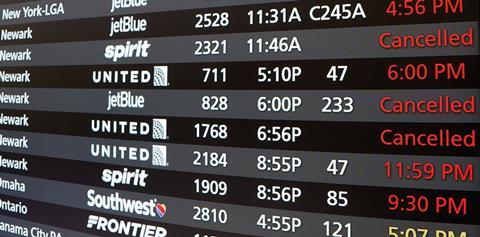Weather-related operational disruption – such as that experienced in the USA over the past couple of weeks – is not a new concept for the airline industry.
But it is noteworthy how the recent issues have been accompanied by a rising tide of studies and reports suggesting that the world will need to brace for more extreme weather events, as a result of global warming.
That ramps up the challenges for airlines.

Take the recent experience of United Airlines as an example. Back in January, its chief executive Scott Kirby suggested his peers were “in denial” about structural changes in the industry. Among his observations, Kirby said United had recognised that it needed more slack in the system to deal with operational challenges relating to, among other things, insufficient technology infrastructure to handle the volume of flights in the USA.
United was ready for whatever the summer was going to throw at it.
Weather-related disruption is a tricky customer, however, and it recently tripped up United in particular, along with many other US carriers.
Sure, few operational challenges happen in isolation. The FAA’s struggles with recruiting enough air traffic controllers, for example, mean any problems in the USA tend to be exacerbated.
But as many airline chief executives point out, staffing challenges and other supply-side constraints are becoming “business as usual” concerns around the world, and therefore should not surprise anyone. As the climate changes, extreme weather events will increasingly fall into that category.
It may not be politically savvy for the airline industry to discuss climate adaptation when it still has so much to do on emissions-reduction, but lived reality will press it into action, regardless.
















